After spending over a decade in the industrial cleaning industry, I’ve handled everything from abrasive blasters to cutting-edge laser rust removal systems. These high-tech machines have transformed how we tackle rust, offering a clean, precise alternative to messy traditional methods. But one question I often get from clients, colleagues, and curious onlookers is whether laser rust removal produces odors. If you’re considering this technology for your workshop, factory, or restoration project and wondering about the air quality implications, I’m here to share my firsthand experiences and practical insights to clear the air—pun intended.
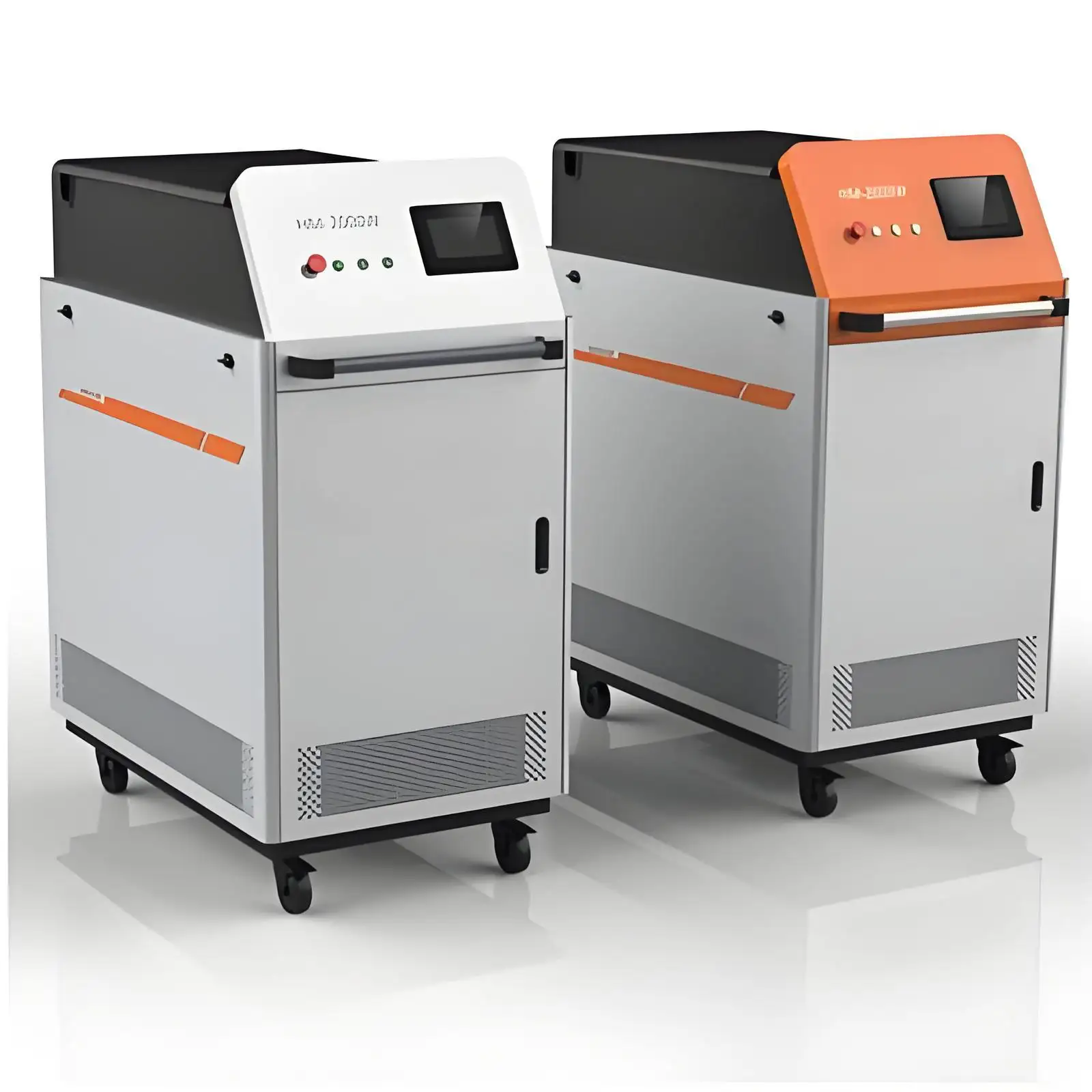
Understanding the Laser Rust Removal Process
Laser rust removal uses a focused beam of light to vaporize rust, oxides, and contaminants from metal surfaces. The laser’s energy heats the rust to a point where it turns into gas or fine particles, leaving the underlying material intact. Unlike sandblasting or chemical treatments, it’s a non-contact, chemical-free process, which makes it appealing for both industrial and small-scale applications. But does this high-energy process release unpleasant or harmful odors? Let’s break it down based on what I’ve seen in the field.
In short, laser rust removal typically produces minimal to no noticeable odors, but the specifics depend on factors like the material being cleaned, the type of rust or coating, and the environment. Below, I’ll walk you through when and why odors might occur, how to manage them, and what to expect in real-world scenarios.
Why Odors Might Occur
While laser rust removal is cleaner than most alternatives, certain conditions can lead to faint odors. Here’s what I’ve observed over the years:
1. Type of Contaminant
The material you’re removing—rust, paint, grease, or other coatings—plays a big role. Rust (iron oxide) itself doesn’t produce a strong smell when vaporized, as it turns into fine particles or gas with minimal odor. However, other substances can create smells:
Paint or Coatings: Many industrial parts or old machinery have paint or protective coatings over rust. When lasered, these can release a faint burnt or chemical smell, especially if they contain volatile organic compounds (VOCs). I once worked on a rusted steel beam coated with old enamel paint, and the laser produced a slight burnt-plastic-like odor until the paint was fully removed.
Oil or Grease: If the surface has residual oil or grease, the laser can heat these, creating a mild burnt smell. This happened during a project cleaning rusted engine parts, where leftover lubricant caused a temporary whiff.
Organic Residue: On antique items or outdoor equipment, organic matter like algae or mold can burn off, producing a subtle earthy or smoky odor.
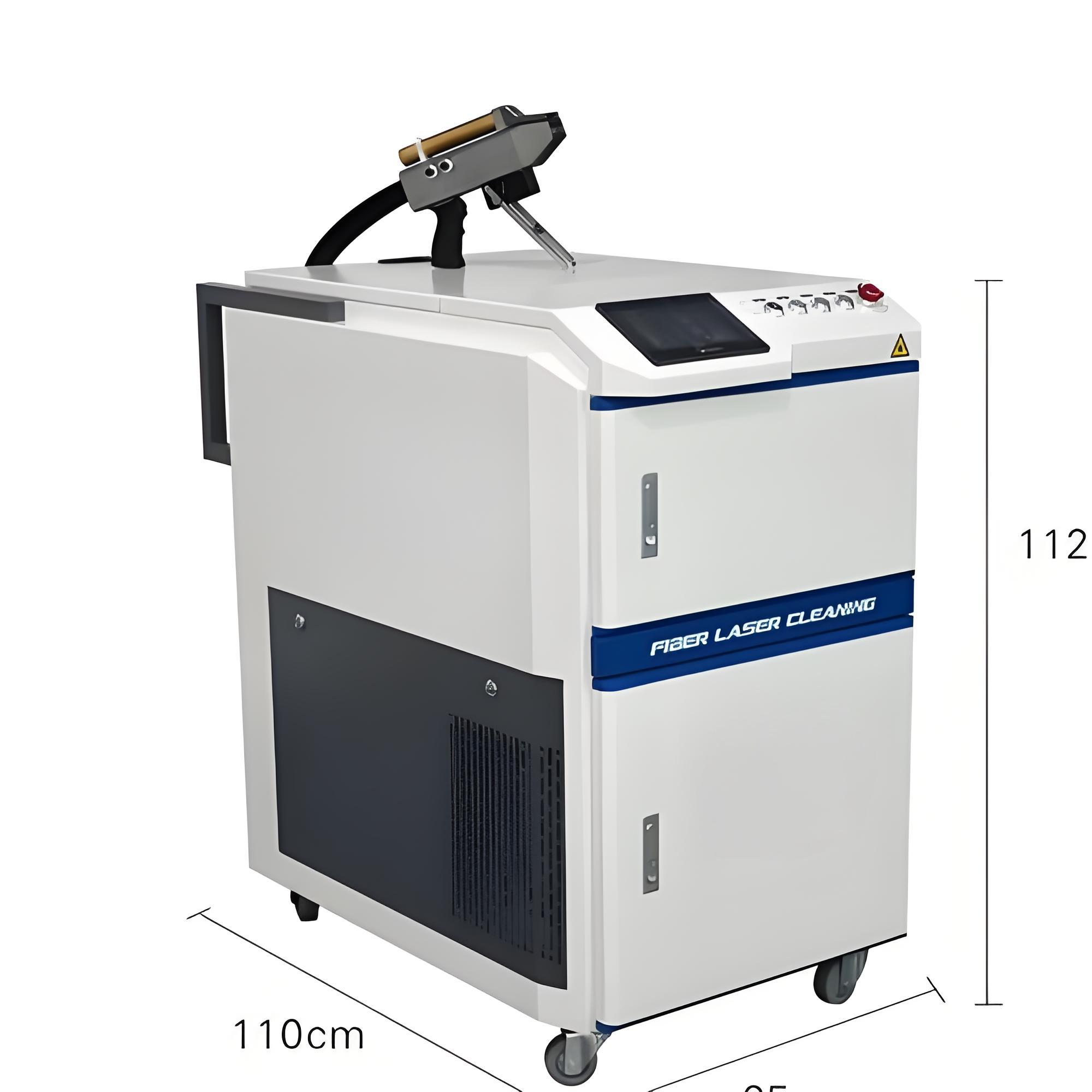
2. Laser Power and Settings
Higher-powered lasers (e.g., 500W–1,000W) or aggressive settings (high pulse frequency) generate more heat, which can increase the chance of odors, especially with coatings or contaminants. In my experience, using lower power (100–200W) for light rust minimizes any smell, as the process is less intense.
3. Environmental Factors
The workspace matters. In a poorly ventilated area, even faint odors can linger, making them seem stronger. I’ve worked in open warehouses where smells dissipated quickly, but in enclosed workshops, a slight burnt odor from paint removal was noticeable until we cranked up the ventilation.
4. Material Composition
The base material—steel, cast iron, aluminum—affects odor production. Most metals don’t produce significant smells when lasered, but alloys with trace elements or coatings can release faint odors. For example, I cleaned a copper-alloy component once, and the laser produced a slight metallic tang in the air.
Odor Levels Compared to Other Methods
To put things in perspective, laser rust removal is one of the least odor-producing rust removal methods. Here’s how it stacks up against alternatives, based on my experience:
|
Method |
Odor Level |
Odor Type |
Notes |
|---|---|---|---|
|
Laser Rust Removal |
Low to None |
Faint burnt or metallic (if coatings present) |
Minimal with proper ventilation |
|
Sandblasting |
Low |
Dusty, earthy |
Dust can irritate but isn’t strongly odorous |
|
Chemical Strippers |
High |
Strong chemical, solvent-like |
Requires fume extraction, hazardous |
|
Wire Brushing |
None to Low |
Metallic (if grinding) |
Minimal odor but labor-intensive |
In a factory I consulted for, we switched from chemical strippers to a 500W CleanLASE unit. The chemical method filled the workspace with a harsh solvent smell, requiring masks and exhaust systems. The laser, by contrast, produced only a faint burnt smell when removing paint, which vanished with basic ventilation.
Managing Odors During Laser Rust Removal
While odors are minimal, you can take steps to ensure a comfortable and safe working environment. Here’s my go-to approach based on years of using laser systems:
Ventilation is Key: Always work in a well-ventilated area. In open spaces, natural airflow often suffices. For enclosed spaces, use industrial exhaust fans or portable fume extractors. I’ve found that a simple shop fan can make a big difference in small workshops.
Use Fume Extraction Systems: High-end laser machines, like those from Laserax or P-Laser, often come with built-in or optional fume extractors. These capture fine particles and any odors at the source. In one project, a fume extractor on a 1,000W Laserax unit kept the air completely clean while removing thick paint from steel.
Pre-Clean the Surface: Remove grease, oil, or loose debris with a degreaser or cloth before lasering. This reduces the chance of burning organic material. I always keep a bottle of isopropyl alcohol handy for quick wipe-downs.
Adjust Laser Settings: Use the lowest effective power and pulse frequency for the job. For light rust, a 100–200W laser at 20–50 kHz produces virtually no odor. For coatings, start low and increase power gradually to minimize smells.
Wear a Respirator (if Needed): In rare cases, like removing heavy paint in a confined space, a basic N95 mask or respirator can protect against faint odors or particles. I’ve only needed this a handful of times in my career, but it’s good to have on hand.
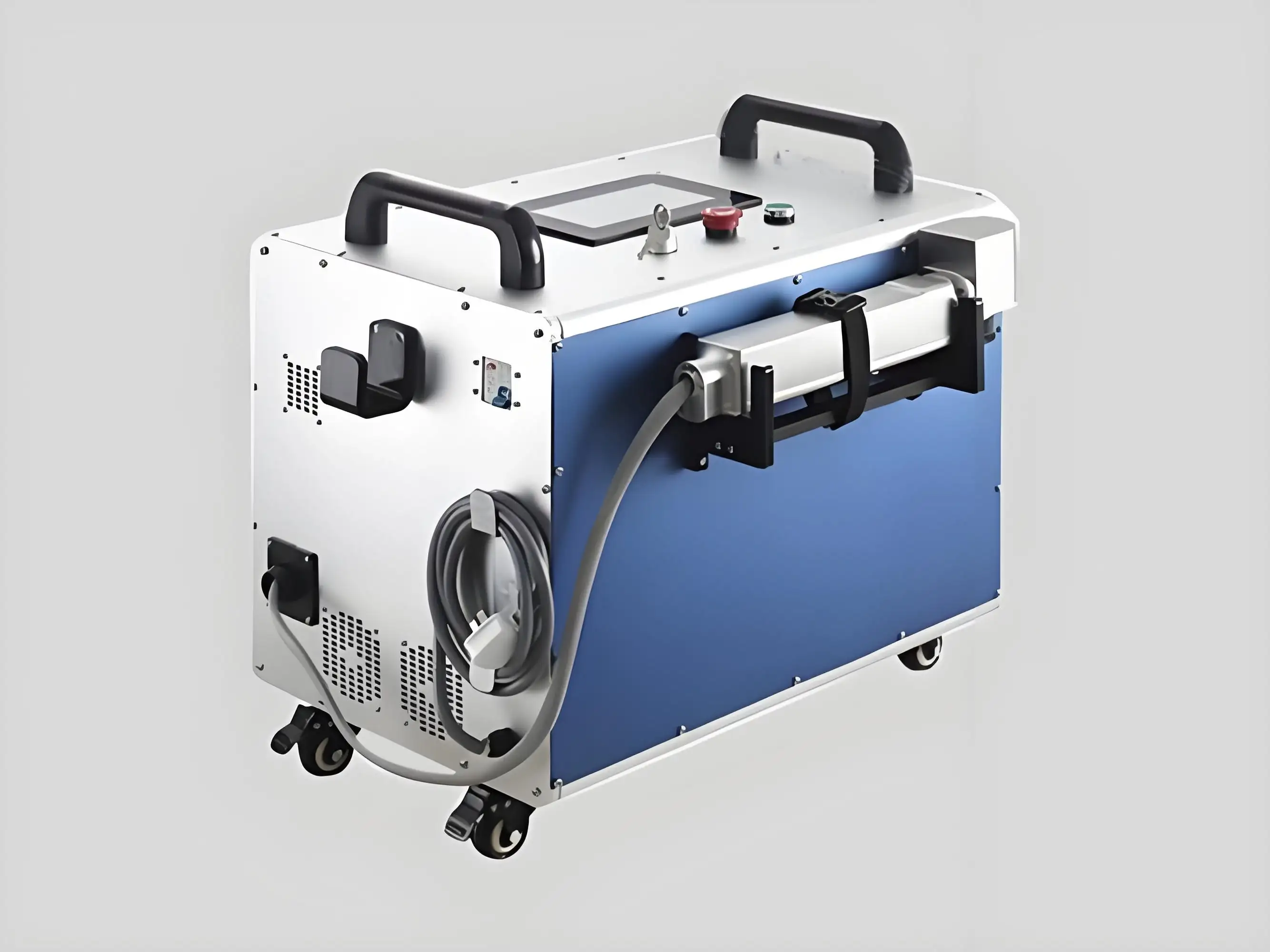
Health and Safety Considerations
While odors from laser rust removal are minimal, you might wonder about the safety of the process. In my experience, the vaporized rust turns into fine particles or gas (mostly iron oxide), which are not typically harmful in small quantities. However, prolonged exposure to any fine particles or fumes, especially from paint or coatings, can irritate the eyes or respiratory system. Here’s how I stay safe:
Ventilation: As mentioned, good airflow or fume extraction eliminates most risks.
Personal Protective Equipment (PPE): Always wear laser safety glasses rated for the machine’s wavelength (usually 1064 nm for fiber lasers). For heavy coating removal, a mask or respirator adds an extra layer of protection.
Regular Maintenance: Keep the laser’s optics and cooling system clean to prevent unexpected emissions. A clogged cooling fan once caused a machine to overheat, producing a faint burnt-electronics smell—fixed with a quick cleaning.
In all my years, I’ve never had a health issue from laser rust removal, and proper ventilation has always kept odors negligible. Compare that to chemical strippers, which gave me headaches until I switched to lasers.
Real-World Examples
Let me share a couple of stories from my work to illustrate the odor situation. In a marine repair shop, I used a 500W P-Laser to clean rusted steel ship components coated with old marine paint. There was a faint burnt-paint smell for the first few minutes, but with a fume extractor running, it was barely noticeable. The client remarked how much cleaner the air was compared to their old sandblasting setup.
Another time, I restored a batch of cast iron skillets for a collector using a 100W CleanLASE unit. The rust was light, and there was no detectable odor—just the satisfying sight of clean metal emerging. Even in a small workshop, the air stayed fresh with a single open window.
These experiences confirm that odors are rarely an issue, especially with proper setup and ventilation.
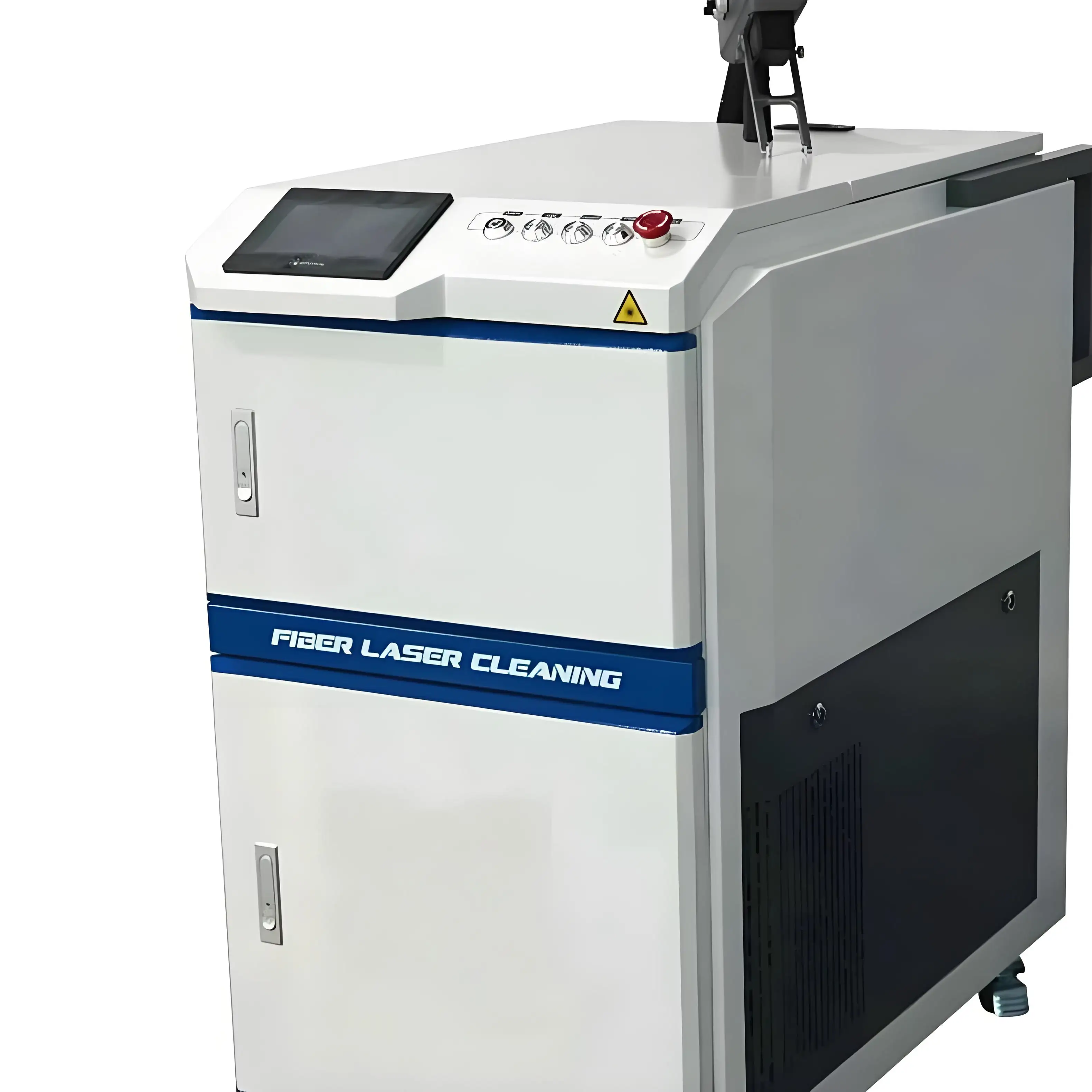
Choosing the Right Laser Machine
The machine you use can influence odor production. Based on my work with various brands, here’s how some stack up:
CleanLASE: Their 100–500W models are great for general rust removal with minimal odor, thanks to efficient optics and optional fume extractors. I’ve used their units on everything from steel to antiques.
P-Laser: Offers versatile power settings (50W–1,000W) and modular designs. Their air-purge systems help keep optics clean, reducing burnt residue smells.
Laserax: Built for heavy-duty industrial use, with robust fume extraction options. Ideal for high-power tasks where coatings might produce faint odors.
SFX Laser: Budget-friendly for small shops, but their lower-powered models (50–100W) are best for light rust, producing virtually no smell.
For odor-sensitive environments, I recommend machines with built-in or add-on fume extraction systems, like Laserax or CleanLASE. These keep the air clean even when removing paint or heavy coatings.
Practical Tips for Odor-Free Operation
Here’s my checklist for minimizing or eliminating odors during laser rust removal:
Ventilate the Workspace: Use fans, open windows, or fume extractors to keep air moving.
Pre-Clean Surfaces: Wipe down greasy or oily parts with a degreaser to prevent burning smells.
Optimize Laser Settings: Start with low power (100–200W) and high pulse frequency (20–50 kHz) for light rust to minimize heat and odors.
Use Fume Extraction: Invest in a portable or built-in extractor for heavy coating removal.
Monitor the Process: Watch for unusual smells, which could indicate improper settings or contaminated surfaces. Adjust immediately.
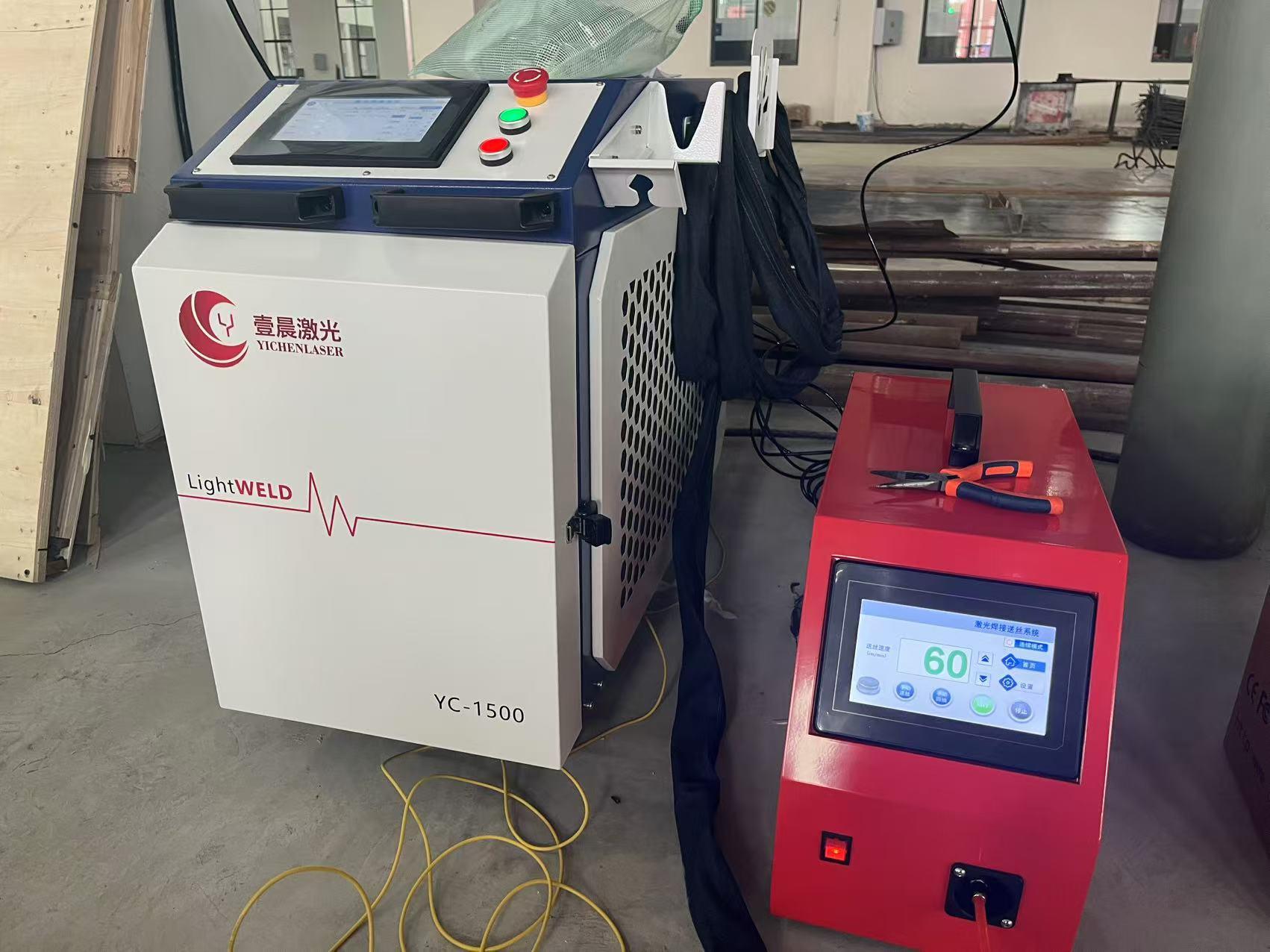
Cost and Practicality
Laser rust removal machines are a significant investment ($10,000–$100,000), but their low odor and clean operation make them worth it for many applications. For small projects, renting a machine ($500–$1,000 per day) or hiring a professional service ($50–$150 per hour) is more practical. In my work, I’ve found that the lack of odors and mess saves time and cleanup costs compared to chemical or abrasive methods.
Why Odor Management Matters
Keeping odors to a minimum isn’t just about comfort—it’s about creating a safe, efficient workspace. Whether you’re in a small shop restoring antiques or a factory cleaning heavy machinery, laser rust removal’s low-odor profile is a major advantage. By following best practices like ventilation, proper settings, and pre-cleaning, you can ensure a virtually odor-free process that delivers clean, rust-free surfaces.
In my career, I’ve seen laser rust removal transform how businesses handle corrosion, and the minimal odor is a big reason why it’s become a go-to solution. With the right setup, you can focus on the results—clean, pristine metal—without worrying about a smelly workspace.

Related Questions and Answers
Q: Is the odor from laser rust removal harmful?
A: Typically, no. Rust vaporizes into fine particles or gas with minimal odor, and these are generally safe in small quantities. For paint or coatings, use ventilation or fume extractors to avoid inhaling faint fumes.
Q: Can I use laser rust removal indoors without ventilation?
A: I don’t recommend it. Even though odors are minimal, indoor use without ventilation can cause faint smells to linger, especially with coatings. A fan or open window is usually enough for light rust removal.
Q: Do all laser rust removal machines produce the same level of odor?
A: No. Higher-powered machines (500W+) or those without fume extractors may produce slightly more odor when removing coatings. Brands like Laserax with built-in extraction systems keep odors to a minimum.
Q: How does laser rust removal compare to sandblasting in terms of odor?
A: Laser rust removal produces far less odor than sandblasting, which creates dusty, earthy smells. Lasers are cleaner overall, especially for indoor or sensitive environments.






